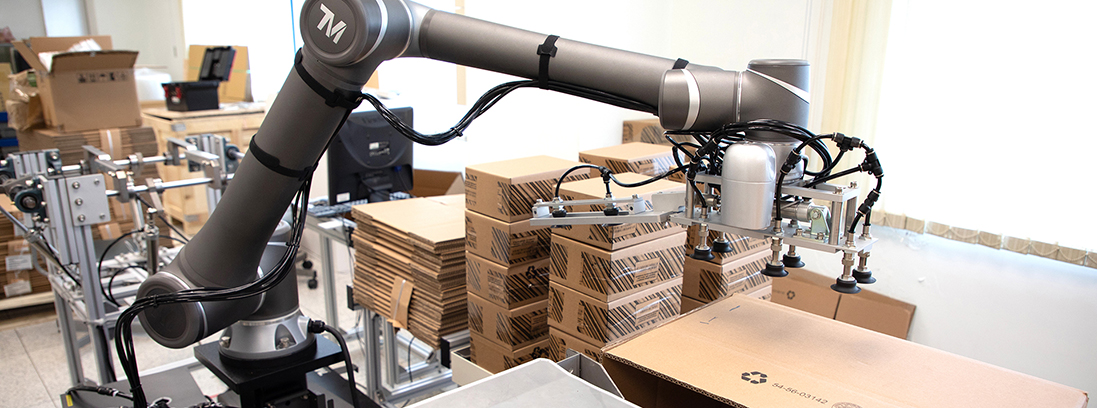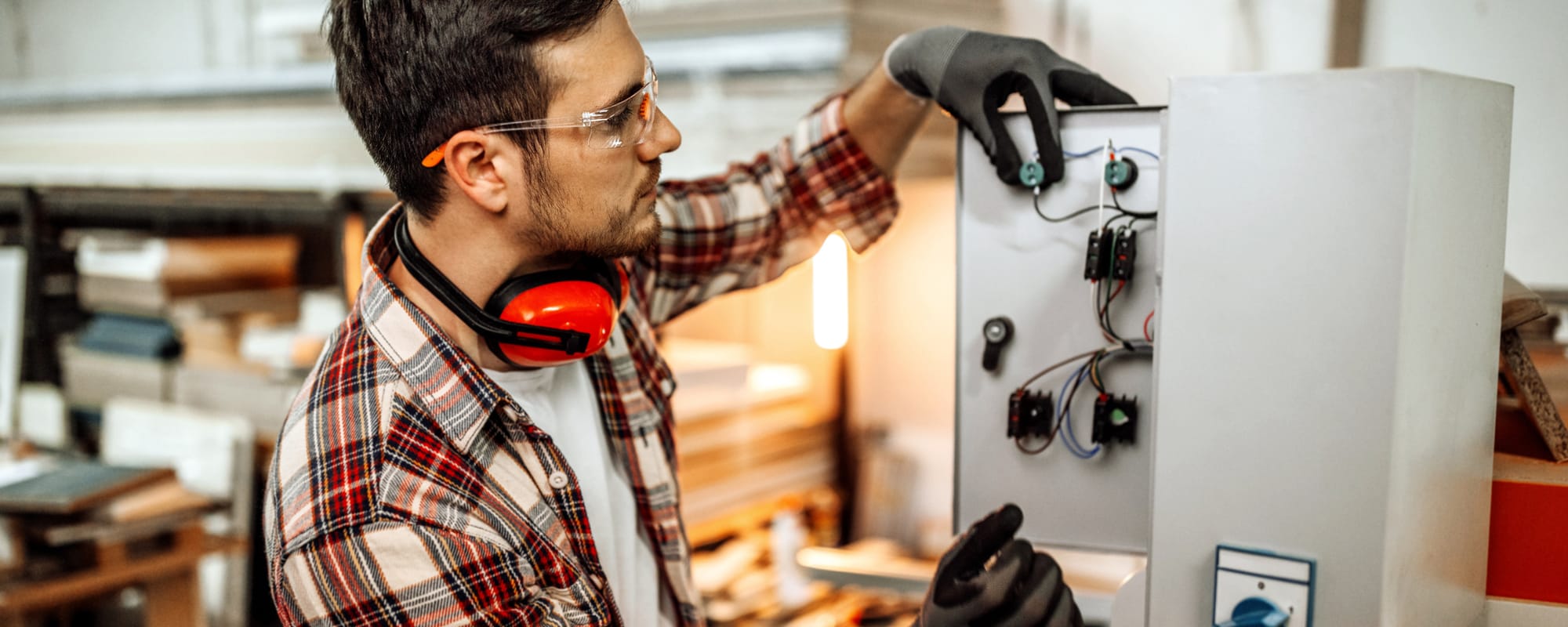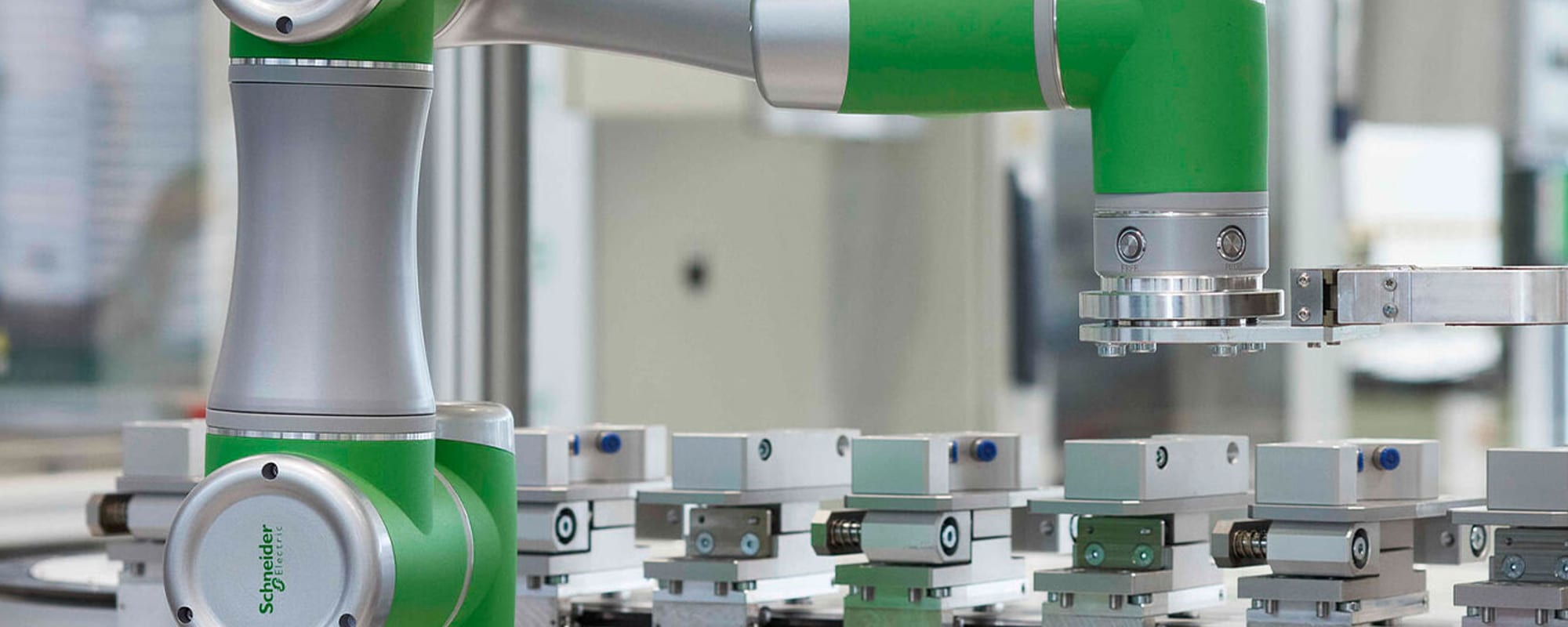Because cobots are such a new automation category, countless innovative applications are possible. Many manufacturing tasks done by people can be improved by incorporating a cobot.
Collaborative robots, or cobots, represent a relatively new automation category, adding capabilities never before possible with common automation methods. Because of this, end users should take a fresh look at their operations to see where cobots might fit, especially for applications that are dirty, dull, difficult, and even dangerous, or those requiring lots of manual handling.
Previous articles in this series have discussed what cobots are and how they compare with traditional industrial robots. In order to help end users envision where cobots might improve their operations, this article looks specifically at some of the most popular cobot applications. The benefits of using cobots are identified, and some unexpected advantages are pointed out.
Top Cobot Applications
Cobots can work hand-in-hand with humans, individually, with other cobots and with other machinery. Some popular cobot applications are:
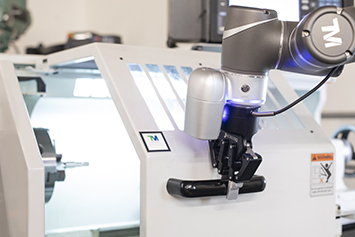 When located near machinery, cobots can load and unload tools and accessories to decrease manual handling.
When located near machinery, cobots can load and unload tools and accessories to decrease manual handling.
MACHINE TENDING
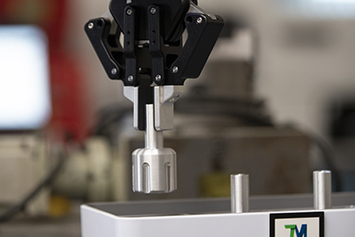 Careful picking and moving, and then placing and positioning, product or parts is an ideal cobot task.
Careful picking and moving, and then placing and positioning, product or parts is an ideal cobot task.
PICK AND PLACE
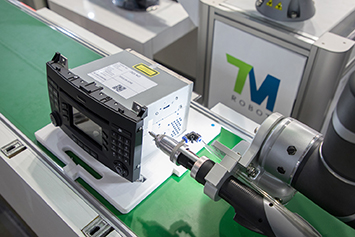 Inserting parts, screwdriving and other assembly tasks are enabled when cobots are fitted with proper end-of-arm tools.
Inserting parts, screwdriving and other assembly tasks are enabled when cobots are fitted with proper end-of-arm tools.
ASSEMBLY/FLEXIBLE MANUFACTURING
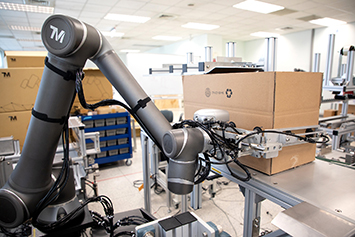 Suction cup and gripper attachments allow cobots to move finished products to packaging.
Suction cup and gripper attachments allow cobots to move finished products to packaging.
PACKAGING/LOADING/UNLOADING
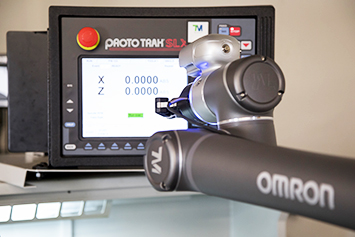 An on-board camera and lighting are ideal for cobots inspecting components and products for appearance and tolerances.
An on-board camera and lighting are ideal for cobots inspecting components and products for appearance and tolerances.
QUALITY/TESTING/INSPECTION
Performance Benefits of Cobots in Typical Applications
The applications listed in the previous section have some similarities but also many differences. Most cobots are part of a larger operation, meaning their work impacts upstream and downstream activities. But all end user applications stand to benefit from these performance features exhibited by cobots:
- Speed: Cobots may not have the raw speed of traditional industrial robots, or sometimes even the speed of a human worker at his or her best, but they are consistent. This prevents slowdowns or snags with other associated operations and allows entire production lines to be more closely synchronized.
- Accuracy: Since cobot motions are taught to such a high degree of accuracy, the resulting work quality is improved, and the chance of damage or waste is minimized.
- Repeatability: Speed and accuracy are meaningless unless they can be achieved repeatably, which cobots can do more efficiently than humans, sometimes repeatable to less than the width of a human hair.
- Endurance: Cobots consistently remain online and on-task, preventing stoppages upstream or downstream. Reliability is aided by the availability of interchangeable replacement parts and basic maintenance packages.
Promoting Worker Safety with Cobots
Most cobot applications can improve human worker safety because if a cobot is doing the work task then a person is removed from exposure to any hazards and risk of injury associated with that task. For loading and unloading products, workers are protected from lifting injuries. For assembling and manufacturing tasks, workers are protected from repetitive strain injuries.
Most notable are tasks involving sharp hardware and other moving parts. For instance, changing the tools and accessories used by machines can create significant hazards for workers. But if a cobot performs those tasks, not only are personnel removed from the hazard, but the cobot can actually do some of those tasks while the machinery remains in operation, increasing throughput.
Cobots are Ready for Quick Changeovers
Cobots are not “one hit wonders,” making them especially useful since many manufacturers perform a varied mix of tasks. Compact size and mobile-mounting capabilities allow a cobot to be easily moved into and oriented at new work positions, and multiple programs can be assigned to the cobot and selected as needed for different tasks. This ability to quickly change from one operation to another increases cobot cost effectiveness by allowing cobot benefits to be applied to more operations. And as companies grow, they can readily obtain more cobots and use the same programs to work them in parallel and increase production.
Unexpected Cobot Advantages
Performance and safety benefits realized from cobot implementation are relatively easy to spot, but there are also some unexpected advantages. For instance, many existing applications required personnel with specialized knowledge. These best practices and knowledge can be identified and placed into action when a cobot is configured to do these tasks. And once a cobot is repeatably working on these tasks, the team has an opportunity to evaluate and further optimize cobot performance.
Cobots are relatively new to the manufacturing scene, so these advantages and benefits will surely grow as implementations increase, perhaps in your plant or facility. Odds are you’ll find many other ways to use these mechanical helpers for improving productivity, safety and quality.
